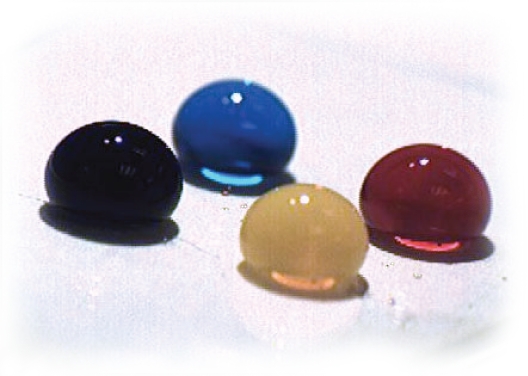Most computer and TV displays work by actually emitting light, whether this is produced by making a phosphor screen glow in conventional TVs and plasma screens or from a fluorescent tube behind an liquid crystal panel in a modern LCD displays. This is great in a dark room but if you are outside on a bright day the sunlight completely overwhelms the light from the screen and of course making all that light uses up a significant amount of power so the displays tend to be power hungry.
 The solution is to make a display that works like a piece of paper, reflecting light from outside, so no matter how bright it gets you can still see the picture, and you are not producing light so it needs less power. There are several technologies which do this in black and white such as the e-ink on some e-book readers, but they only change very slowly.
The solution is to make a display that works like a piece of paper, reflecting light from outside, so no matter how bright it gets you can still see the picture, and you are not producing light so it needs less power. There are several technologies which do this in black and white such as the e-ink on some e-book readers, but they only change very slowly.
However researchers from the University of Cincinnati may have a solution that will give you full colour at video speeds. Their technology works using droplets of ink sandwiched between two hydrophobic surfaces. Normally surface tension pulls an ink drop into a sphere and it sits in a small well in the centre of a pixel. But if you apply a voltage the ink is attracted to the outer surface and it spreads out over the whole of the pixel changing the colour to that of the ink. If you remove the field the droplet shrinks back again, and if you make the pixels small it can switch very quickly. At the moment they have prototypes which can switch in 50ms which is almost fast enough for video applications but they think that they can improve it to about 1ms which is far faster than is needed.
This is still very much a prototype but they have monochrome displays working and they see no reason that they couldn't be made to roll up, so in a few years time you may be carrying one of these displays around in your pocket.
- Previous Mapping the emotion of words
- Next Ultradense deuterium










Comments
Add a comment